When someone says "ghost ship," visions of the cursed Black Pearl from Pirates of the Caribbean come to my mind.
In reality, a ghost ship doesn't actually refer to a ship infested by the souls of the dead. Although, it could if you believe in those kinds of things!
Rather, a ghost ship, or a phantom ship, is one with no living crew aboard that nonetheless continues to sail the seas. The only thing deciding where it goes is the water itself.
How is this possible? Well, the many ocean currents help to move any floating device along even if there's no one onboard to steer or navigate.
There have been many famous ghost ships throughout history. Some are fictional, like the Flying Dutchman, while others are fact, like the SS Baychimo — which could still be sailing the oceans to this very day.
[ H/T: Unesco Courier ]
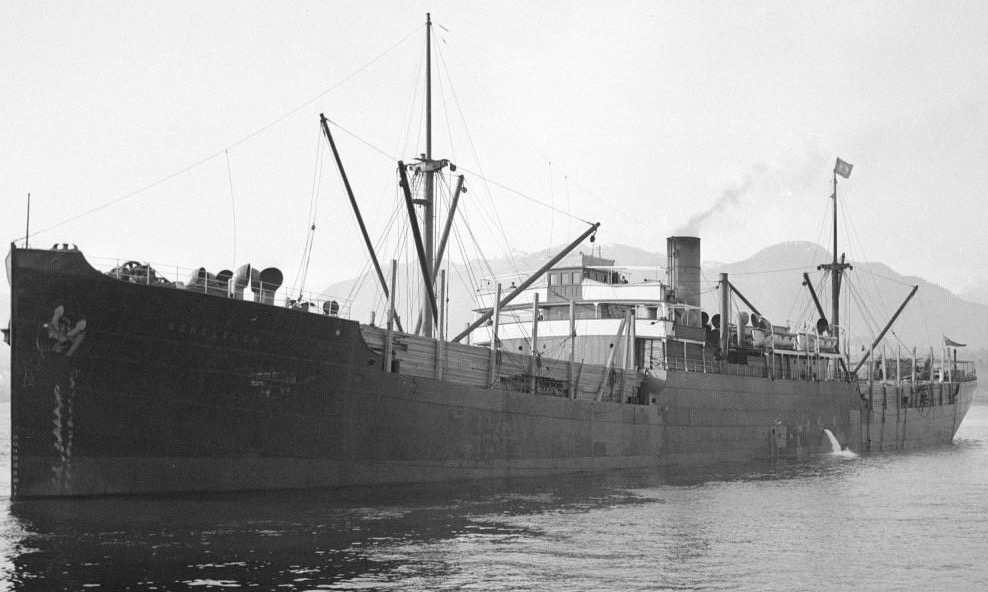
According to Historic Mysteries, the Baychimo was originally built in 1914 and intended to be used on trade routes between Hamburg and Sweden.
The cargo steamer was built to be 230 feet long and weigh 1,322 tons.

The ship was initially German-owned. As part of WWI reparations, its ownership was transferred to England.
The Baychimo would go on to be used by the Hudson's Bay Company, sailing trade routes in and around Canada and the Arctic.

Starting in 1921, the Hudson's Bay Company used the Baychimo to transport valuable furs from Northern Canada back to Scotland, where she as based at the time.
As you can imagine, the areas where the pelts were collected from the trappers — typically Inuit — were extremely remote and difficult to survive in.
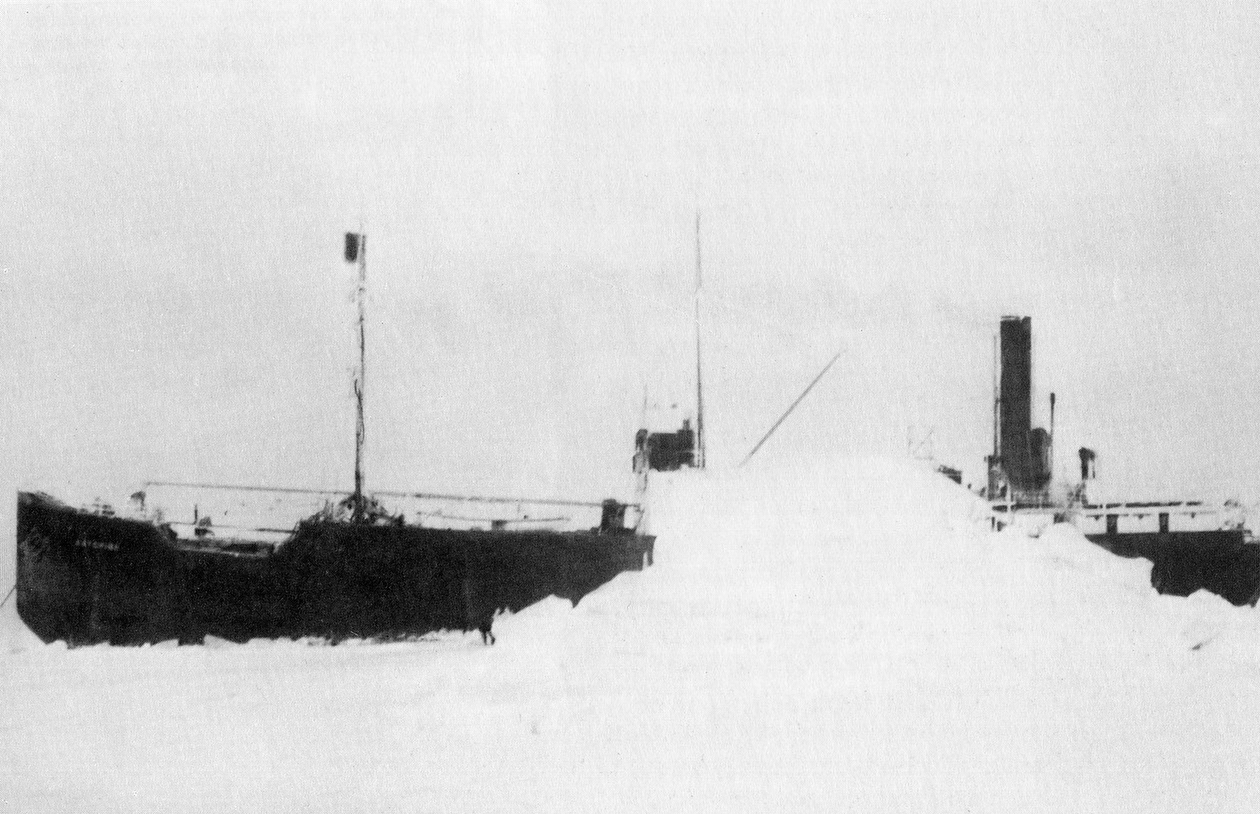
On October 1, 1931, during a routine voyage, the Baychimo became trapped due to a surprise blizzard that locked her into the frozen sea.
The crew remained there, unable to move for over two weeks. On October 15, half of the crew was airlifted out.
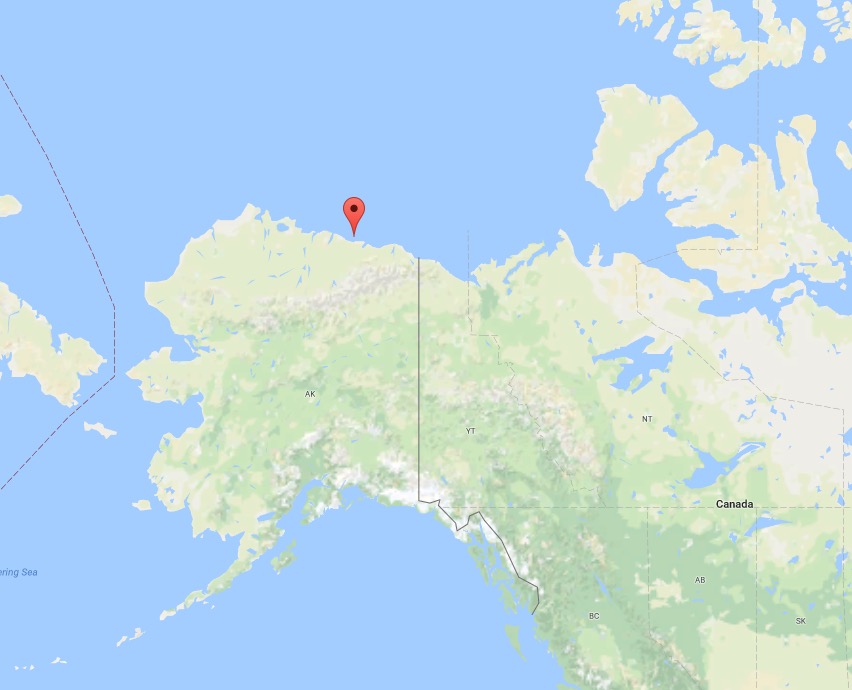
The rest of the crew set up a temporary camp on the ice, near the very remote Pole Island, shown above by the red pin on the map.
The conditions worsened, and the crew's temporary camp became more permanent — especially on the night of November 24, when the crew lost sight of the ship in the blizzard.
When they woke, the Baychimo was nowhere to be seen. The crew understandably assumed she had sunk.
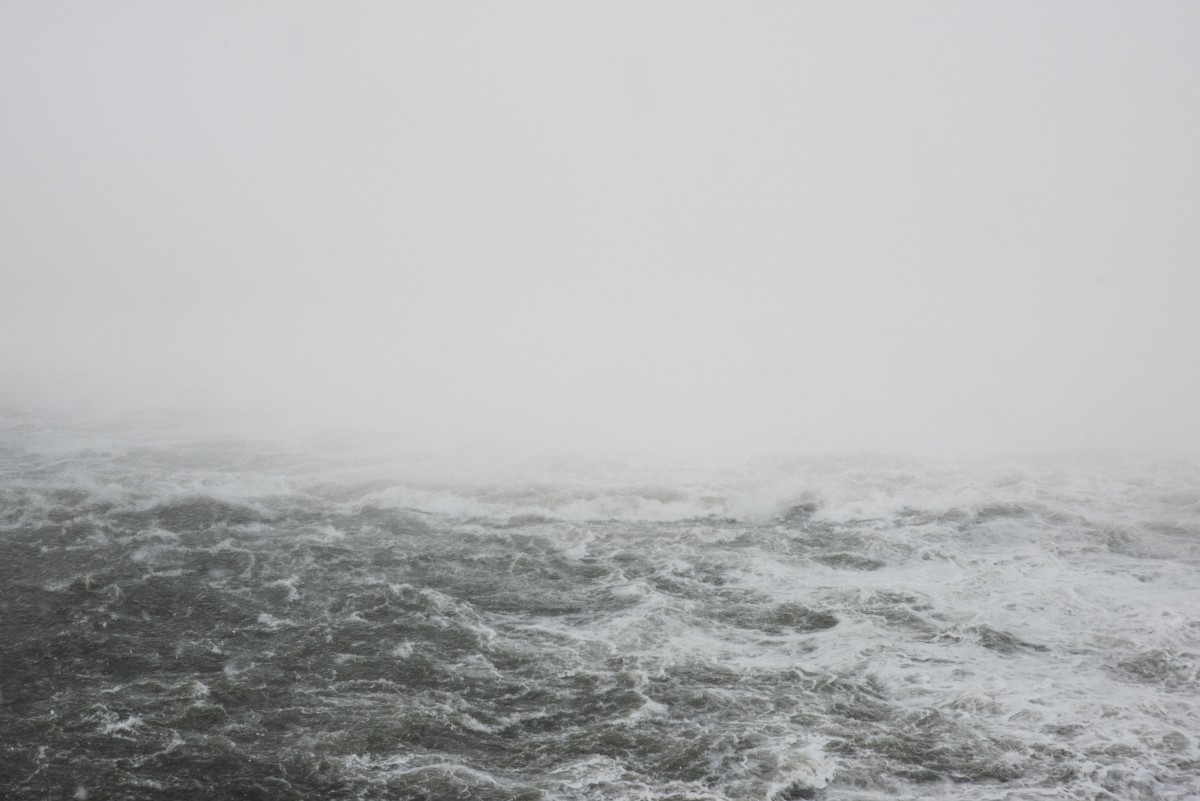
However, when a hunter told the captain that he saw the Baychimo a few weeks later, the crew set out to find her.
When they did, they noticed significant damage and thought that she wouldn't be seaworthy. They took the pelts and headed to civilization.
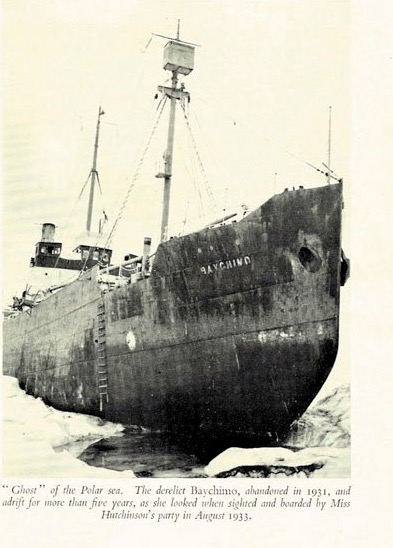
Amazingly, the Baychimo would continue to sail the polar seas unmanned for a number of years.
It was seen a number of times by Eskimos and other ships throughout the 1930s.
The last time the Baychimo was sighted, however, was over 30 years later, in 1969. Allegedly, it was once again stuck in an ice pack.
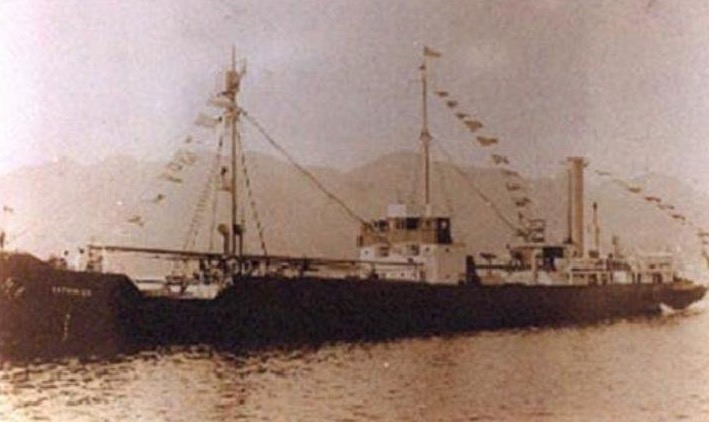
Although she hasn't been seen since 1969, in 2006 the state of Alaska did initiate an effort to find the mysterious, wandering ship.
Do you think she's still out there?
Be sure to SHARE this eerie story with your friends on Facebook!




